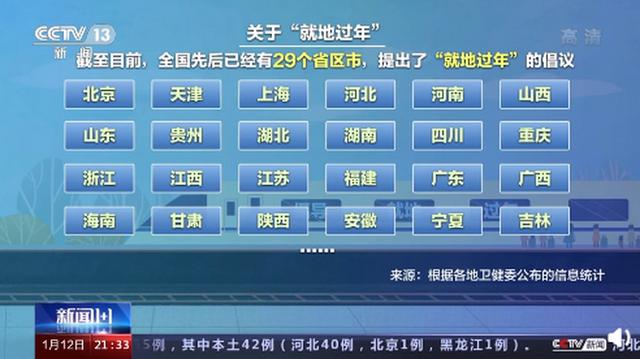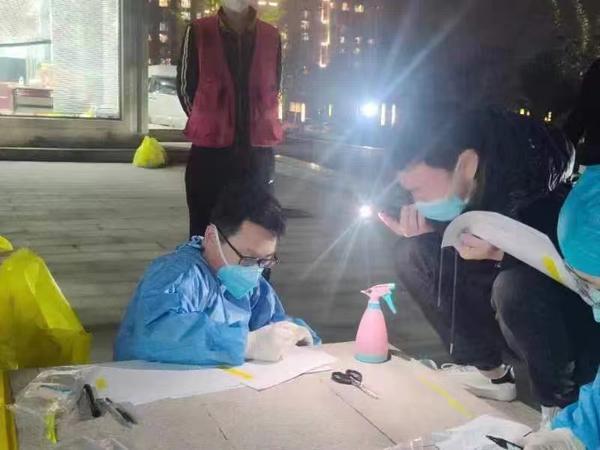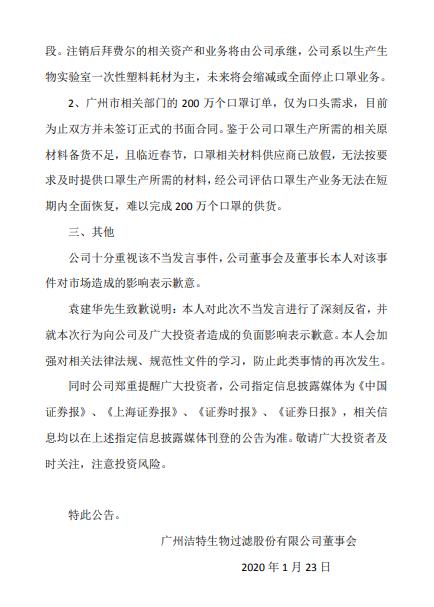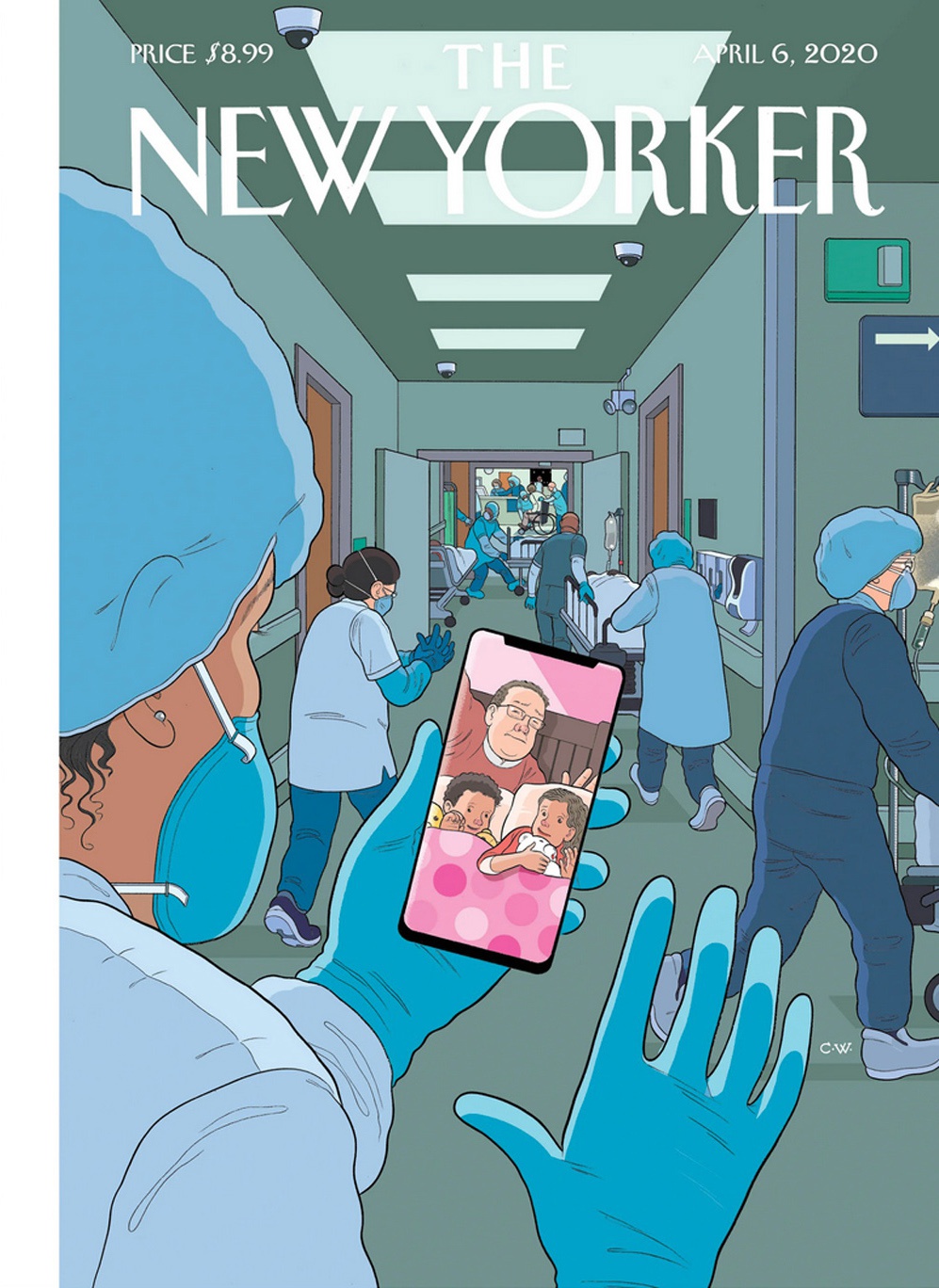In the annals of modern history, few events have shaken the world as profoundly as the COVID-19 pandemic, also known as the novel coronavirus disease. This global health crisis has not only reshaped our daily lives but also tested the resilience of nations, economies, and the collective human spirit. This essay endeavors to provide a comprehensive overview of the COVID-19 pandemic, its origins, its impact on various aspects of society, and the measures taken by governments and individuals to mitigate its effects.
The Origin of COVID-19
The COVID-19 pandemic was first identified in late 2019 in Wuhan, China, and quickly spread worldwide due to its high transmissibility. The virus, SARS-CoV-2, is a member of the coronavirus family, which also includes the SARS (Severe Acute Respiratory Syndrome) and MERS (Middle East Respiratory Syndrome) viruses. Initial reports suggested a link to a seafood market in Wuhan that sold live animals, raising concerns about zoonotic transmission (the transfer of viruses from animals to humans). However, subsequent investigations revealed a more complex picture, with the virus likely to have originated from an animal source but undergoing mutations that enhanced its human-to-human transmission capacity.
Global Spread and Impact
The rapidity and scale of COVID-19's spread were unprecedented. By March 2020, the World Health Organization (WHO) declared a global pandemic, marking the beginning of a time when borders were effectively closed, economies ground to a halt, and daily life transformed beyond recognition. The virus's impact has been far-reaching:
Health System Overload: In countries with weak health infrastructure, COVID-19 has overwhelmed hospitals, leading to a shortage of medical supplies, ventilators, and personnel. This has resulted in a surge in deaths and left many critically ill patients without adequate care.
Economic Disruption: The pandemic has caused the largest global recession since the Great Depression. Businesses have closed their doors, unemployment has skyrocketed, and supply chains have been disrupted. The loss of income has had a cascading effect on households, leading to poverty and food insecurity.
Education Disruption: Schools and universities have been closed for extended periods, disrupting the learning process for millions of children worldwide. The digital divide has widened as some students lack access to reliable internet or devices for online classes.
Mental Health Crisis: The uncertainty and isolation caused by lockdowns have taken a toll on mental health. Reports of anxiety, depression, and substance abuse have surged, highlighting the need for mental health support systems.
Social Inequalities Exacerbated: The pandemic has exposed and exacerbated existing social inequalities. Essential workers continue to report to work amidst the pandemic, while others are able to work from home or take time off. The unequal distribution of resources and access to healthcare further widens the gap between the privileged and the vulnerable.
Government Responses and Public Health Measures
In response to the pandemic, governments have implemented various measures aimed at flattening the curve of infection rates and saving lives:
Lockdowns and Social Distancing: Governments have imposed lockdowns or curfews, urging citizens to stay at home except for essential activities. Social distancing measures such as wearing masks, maintaining six feet of distance, and avoiding large gatherings have become standard practices.
Vaccine Development and Distribution: The global scientific community has worked tirelessly to develop vaccines against COVID-19. Several vaccines have been approved for emergency use or full approval based on their efficacy and safety profiles. However, vaccine inequality remains a significant challenge, with some countries receiving early access while others struggle to procure even basic doses.
Testing and Tracing: Widespread testing has become crucial for tracking the spread of the virus. Governments have set up testing centers and encouraged citizens to get tested regularly. Tracing apps and contact tracing systems aim to identify and isolate infected individuals quickly to prevent further transmission.
Economic Support Packages: Governments have introduced stimulus packages to support businesses, provide unemployment benefits, and ensure that essential services continue to operate. These measures aim to cushion the economic impact while maintaining social stability.
Individual Responsibility and Community Engagement
While government measures are essential, individual responsibility and community engagement play a crucial role in mitigating the spread of COVID-19:
转载请注明来自爬爬百科,本文标题:《全球疫情下的挑战与应对,新冠疫情的全球影响与策略分析》












 京ICP备11000001号
京ICP备11000001号
发表评论